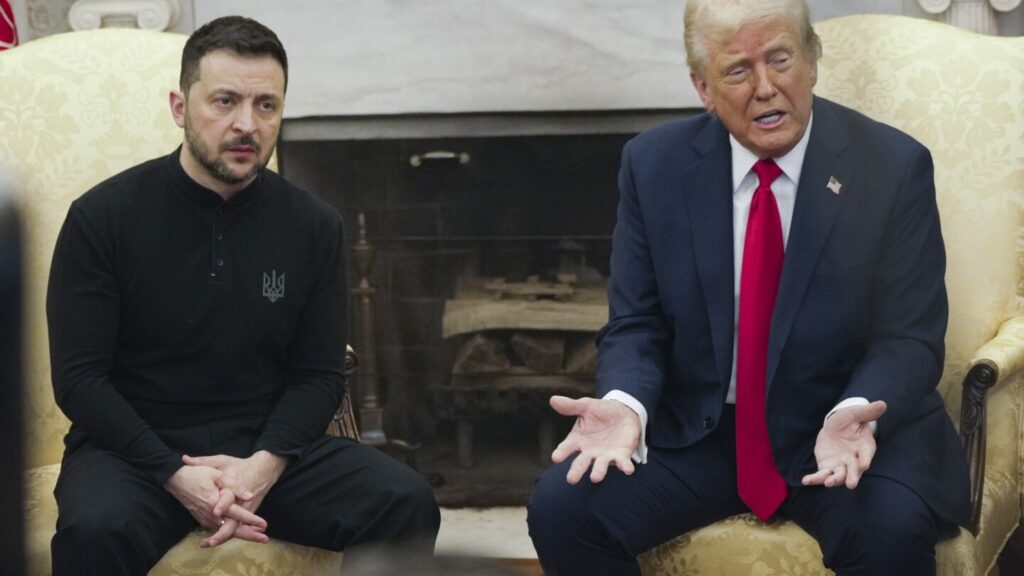In a dramatic turn of events, President Trump’s confrontation with Ukrainian President Zelenskyy in the Oval Office exposed the deep-seated differences in their approaches to ending Russia’s invasion of Ukraine. Trump’s insistence on dictating terms and pressuring Ukraine to make a deal or risk losing U.S. support highlighted his “America First” agenda, overshadowing efforts by allies to steer him away from Moscow’s influence.
Despite attempts by European leaders like Macron and Starmer to advocate for Ukraine’s security and deter Russian aggression, Trump’s unwavering stance on prioritizing American interests created rifts in diplomatic relations. The episode culminated in a heated exchange, with Vice President Vance rebuking Zelenskyy for publicly expressing concerns about trusting Putin’s promises to end the conflict.
Trump’s focus on securing financial interests and shifting American policy positions added to the uncertainty surrounding U.S. support for Ukraine. The fallout from the Oval Office meeting led to the cancellation of further engagements and left Zelenskyy grappling with the challenge of navigating Trump’s new direction in Washington.
As Zelenskyy emphasized the need for lasting peace and security guarantees against Russian aggression, the rift between the two leaders underscored the precarious state of the U.S.-Ukraine relationship. With Trump’s unyielding approach and shifting alliances, the future of Ukraine’s defense against Russia hangs in the balance, prompting concerns about the country’s ability to withstand the conflict without strong U.S. backing.

